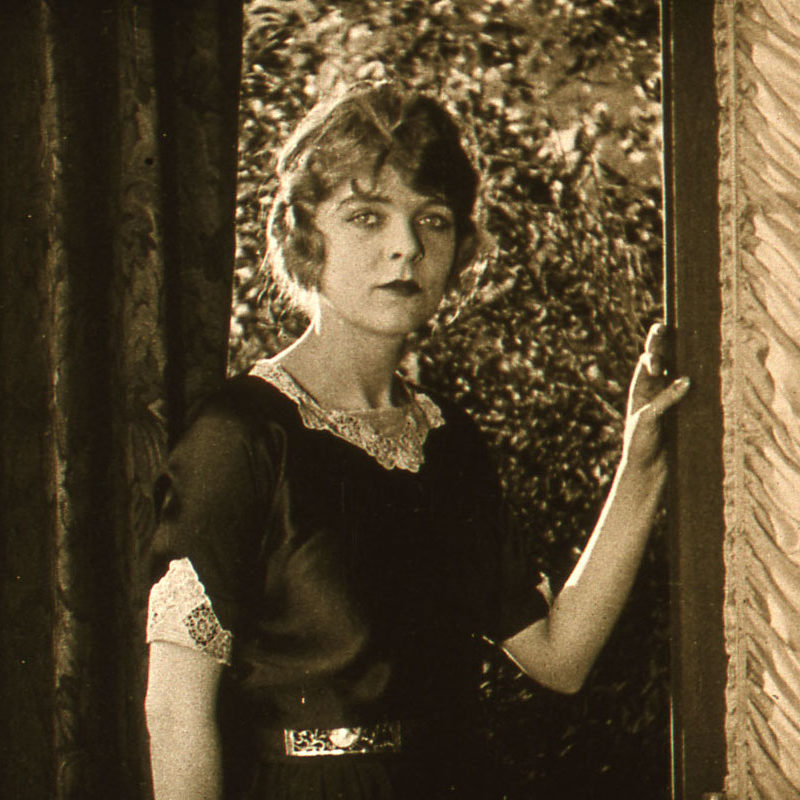NASTY WOMEN
The term “Nasty Woman” has been a feminist rallying cry since October 2016, when Donald Trump interrupted Hillary Clinton by hissing into his microphone, “such a nasty woman,” during a televised Presidential Debate just before the 2016 American election. In the aftermath of that moment, “Nasty Woman” instantly became a viral Twitter hashtag (#IAmANastyWomanBecause…), a feminist fundraising symbol (printed on T-shirts, mugs, and tote bags), and an inspiration for the memorable “pussy hats” at the 2017 global Women’s March. To be a “Nasty Woman” means refusing to be silenced, while embracing the messiness and excess inherent in gender and sexual difference, and engaging as an energetic participant in a new feminist political movement.
Long before there were “pussy hats” and late-night feminist satirists, comedienne characters such as Léontine, Rosalie, Cunégonde, Lea, Bridget, and Tilly spoke truth to patriarchal power with their gleefully reckless and wholesale destructive disregard for gendered social norms and feminine corporeal decorum. This series on “Nasty Women” includes four curated programs of short films – “Catastrophe in the Kitchen,” “Léontine/Betty,” “Identity Crisis,” and “Catastrophe Beyond the Kitchen” – as well as one feature film, The Deadlier Sex, about a female railroad tycoon who abducts a rival businessman and strands him in the wilderness with only his wallet. More than just deadly vamps, the “nasty women” in our programs deflect and defile rigid gender norms by any means possible: they blow up the kitchen, shatter all the dinnerware, dismember their limbs to revolutionize their labor, torment their employers with sadistic pranks, playfully transgress sexual and racial taboos, swap bodies and metamorphose into other species, and flaunt their corporeality with predatory abandon.
The first program, “Catastrophe in the Kitchen,” spans early short films about spontaneous female combustion (The Finish of Bridget McKeen and How Bridget Made the Fire) to multi-reel comedies from the 1910s about the culinary hazards of romantic coupling (Are Waitresses Safe?). These films center on the kitchen as a location in which the explosion of boundaries between separate gendered public and private spheres could take place – often through situations of extreme comic violence and astonishing bodily transformation. Moving out of the home and into the public sphere, “Catastrophe Beyond the Kitchen” leaves domesticity in a shambles and instead sources its “nasty women” on the streets and in everyday public life. From the Italian star and political activist Lea Giunchi’s comic travails in an office (Lea in ufficio), to the variety of professional opportunities made available through female-to-male cross-dressing (She’s a Prince), these films thematize the civic potentialities of what happens when women break loose from the domestic sphere.
“Identity Crisis” represents very familiar terrain in today’s age of feminist intersectionality and viral social media. However, before there was Twitter, “nasty women” made use of a range of cinematic devices to highlight the complexities of identity and the shifting terms of its performance and representation – exemplified in films such as The Taming of Jane, An Up-to-Date Squaw, and The Night Rider. Many of these films also feature slapstick comediennes who starred in their own comic series, such as Sarah Duhamel (Rosalie/Jane and Pétronille), Lea Giunchi (Lea), Alma Taylor (Tilly the Tomboy), and several unidentified iconic clowns (i.e., nasty-women-at-large), such as Cunégonde and Léontine/Betty. To the latter, we dedicate an entire program of rarely viewed archival films, including Les Ficelles de Léontine, Le Bateau de Léontine, and Léontine garde la maison. Léontine/Betty was an anarchistic prankster, catastrophic mischief-maker, and gleefully destructive slapstick body who took profound pleasure in demolishing stilted institutional norms, and in infuriating all those around her who would hold fast to conventional cultural mores. A “nasty woman” par excellence, Léontine/Betty was the opposite of a vamp: it was exactly her tomboy sexual latency that became the locus of her deadly and destructive activity.
Across these screenings – from early split-reel films about exploding housemaids to a 1920 feature about sadistic romantic coupling – it is never stable or uncomplicated what it precisely means for a woman to be “nasty”. The connotations of nastiness range from prankster mischief and anarchic violence, to corporeal play and sexual experimentation. Indeed, the rallying cry of “nasty women unite” has come to symbolize all the ways in which 2017 society feels threatened by women’s empowerment, success, intelligence, and ambition. In this vein, our nasty women of silent cinema represent scandalous traces from early 20th century film history. What they reveal is the power of cinema to make visible transformative notions of femininity and female identity that are always just on the cusp of articulation.
Maggie Hennefeld, Laura Horak
Program 1: CATASTROPHE IN THE KITCHEN
Dom/Sun 1 – 10:45 – Teatro Verdi
Program 2: LÉONTINE/BETTY & ROSALIE/JANE
Lun/Mon 2 – 9:00 – Teatro Verdi
Program 3: IDENTITY CRISIS
Gio/Thu 5 – 10:30 – Teatro Verdi
Program 4: CATASTROPHE BEYOND THE KITCHEN
Ven/Fri 6 – 12:30 – Teatro Verdi
Program 5: THE DEADLIER SEX
Sab/Sat 7 – 18:00 – Teatro Verdi
- 16 March 2017


 Italiano
Italiano